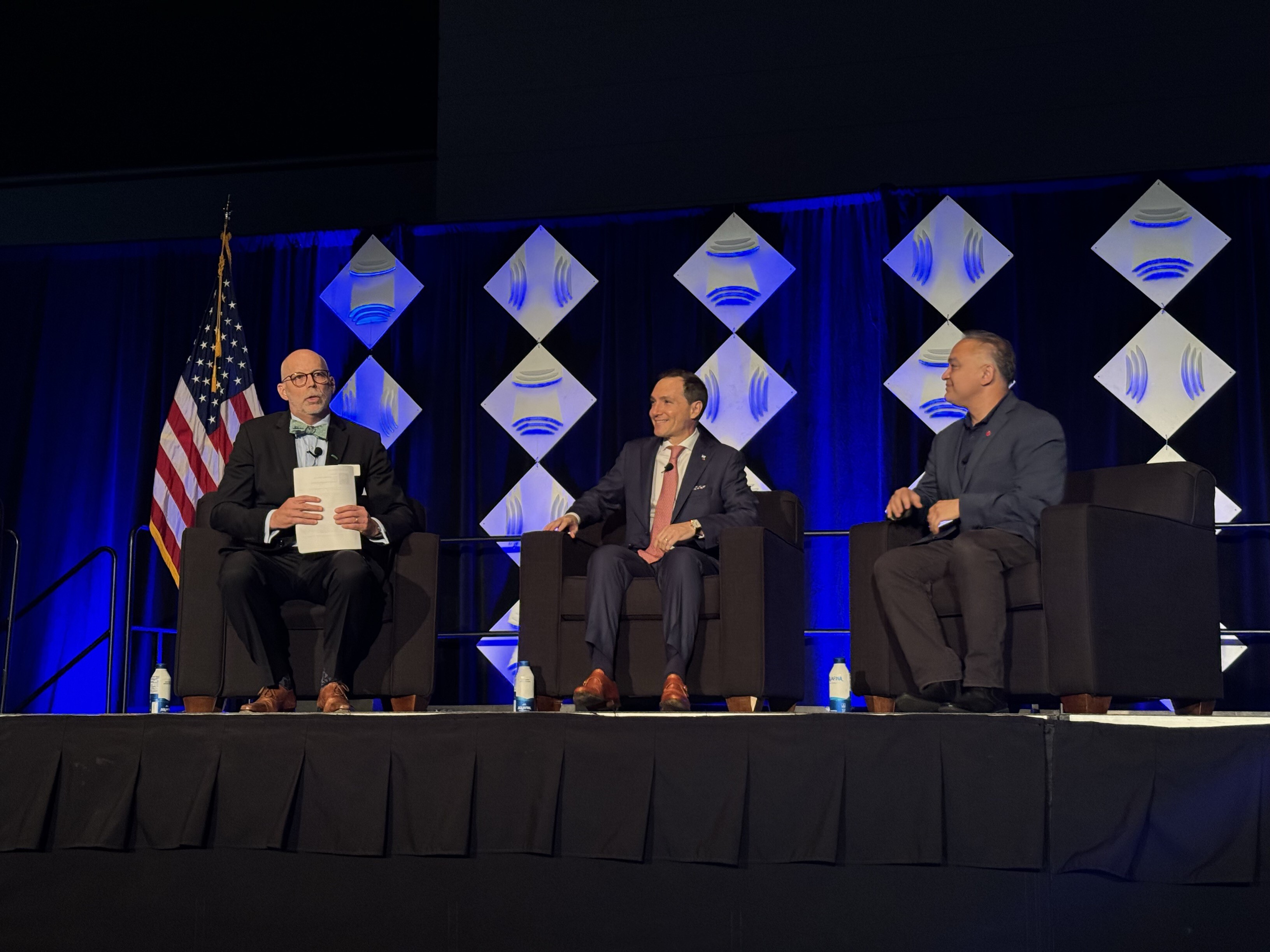Brass Rod Alloys Added To Annex N-2 of NSF/ANSI/CAN 61

A new edition of NSF/ANSI/CAN 61: Drinking Water System Components - Health Effects was published in August 2022. One of the more significant changes that appeared in this latest version of the standard was the inclusion of six brass rod alloys among the list of “acceptable materials” found in Annex N-2. This table contains a list of standard material specifications that have undergone extraction testing demonstrating that the material does not leach any contaminants into drinking water above the acceptable level as determined by NSF 61. Previously, the only acceptable materials listed in this table were stainless steel alloys.
In response to a 2016 recommendation from the American Academy of Pediatrics that state and local governments take steps to ensure that water supplies in schools and day cares do not exceed lead concentrations of 1 µg/L, the Drinking Water Additives Joint Committee that oversees NSF 61 voted to introduce more stringent lead-leaching criteria. The criteria was for endpoint devices certified under section 9 of NSF 61 and present in the last liter of the drinking water system, such as faucets, flexible plumbing connectors and stop valves. These devices are evaluated to a statistical lead-leaching criterion known as the Q criterion. The current Q criteria for these devices are 5 µg for faucets and 3 µg for flexible plumbing connectors, valves and other components. The new criteria, which take effect on January 1, 2024, will be lowered to 1 µg for faucets and 0.5 µg for the other components, respectively.
In anticipation of these reduced lead limits for endpoint devices, the Copper Development Association (CDA) sponsored a testing program to assess lead leaching from six brass rod alloys (Table 1) as required under NSF 61, Annex N-2. Each alloy was tested under a variety of different conditions that could be used to produce finished parts, such as different cutting speeds, surface roughness, tool wear, etc. Samples of each alloy were then subjected to the extraction-testing protocol used for Q evaluation for lead under section 9 of the standard. The results of the testing program demonstrated that when evaluated to the surface-area-to-volume ratios and end use temperatures shown in Table 1, the six brass rod alloys had lead-leaching results far below the new Q criterion of 1 µg. This data provides a degree of confidence that these alloys, when used in finished endpoint devices at or below the defined surface-area-to-volume ratios and temperatures, will not leach lead at levels that would exceed the Q criterion.
While the testing program used to examine lead leaching from these alloys utilizing a Section 9 testing protocol was quite thorough, there are some limitations to the data that was produced. Specifically, the testing program did not include an examination of leaching of metals other than lead from these alloys. Additionally, the testing program evaluated lead leaching from these alloys only when subjected to the specialized section 9 test protocol; it is unknown how these alloys would perform when tested to the requirements of other sections of the standard. Therefore, products using these alloys may be subject to additional testing when being evaluated to NSF 61.
The addition of these alloys to Annex N-2 provides an important tool for material specifiers to use when sourcing materials for their mechanical plumbing device products, allowing them an additional degree of confidence when designing products intended to leach less lead into the drinking water system and maintain compliance with NSF 61’s updated, more rigorous requirements for lead leaching.
Table 1: Brass Rod Alloys Now Included in NSF 61, Annex N-2
Alloy Designation | Surface-Area-to-Volume Ratio | End Use Temperature |
|---|---|---|
| UNS C27250 | 153 in2/L | 23⁰C (73⁰ F) |
| UNS C49100 | 153 in2/L | 23⁰C (73⁰ F) |
| UNS C69300 | 153 in2/L | 23⁰C (73⁰ F) |
| UNS C69850 | 153 in2/L | 23⁰C (73⁰ F) |
| UNS C89833 | 153 in2/L | 23⁰C (73⁰ F) |
| UNS C89835 | 153 in2/L | 23⁰C (73⁰ F) |
Ready To Begin the Process?
Contact us with questions or to receive a quote.
How NSF Can Help You
Get in touch to find out how we can help you and your business thrive.

What’s New with NSF

NSF Shanghai Named Critical Site for NSF/ANSI 455 and NSF/ANSI 173 by ANSI National Accreditation Board
July 26, 2024
NSF Takes Center Stage at NEHA Annual Education Conference
July 25, 2024
NSF Asia Pacific Showcases Hospitality Solutions at THAIFEX HOREC Asia 2024 in Bangkok, Thailand
July 4, 2024